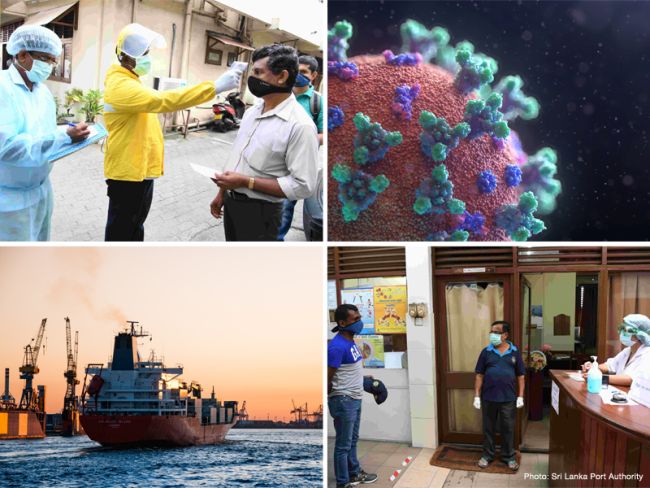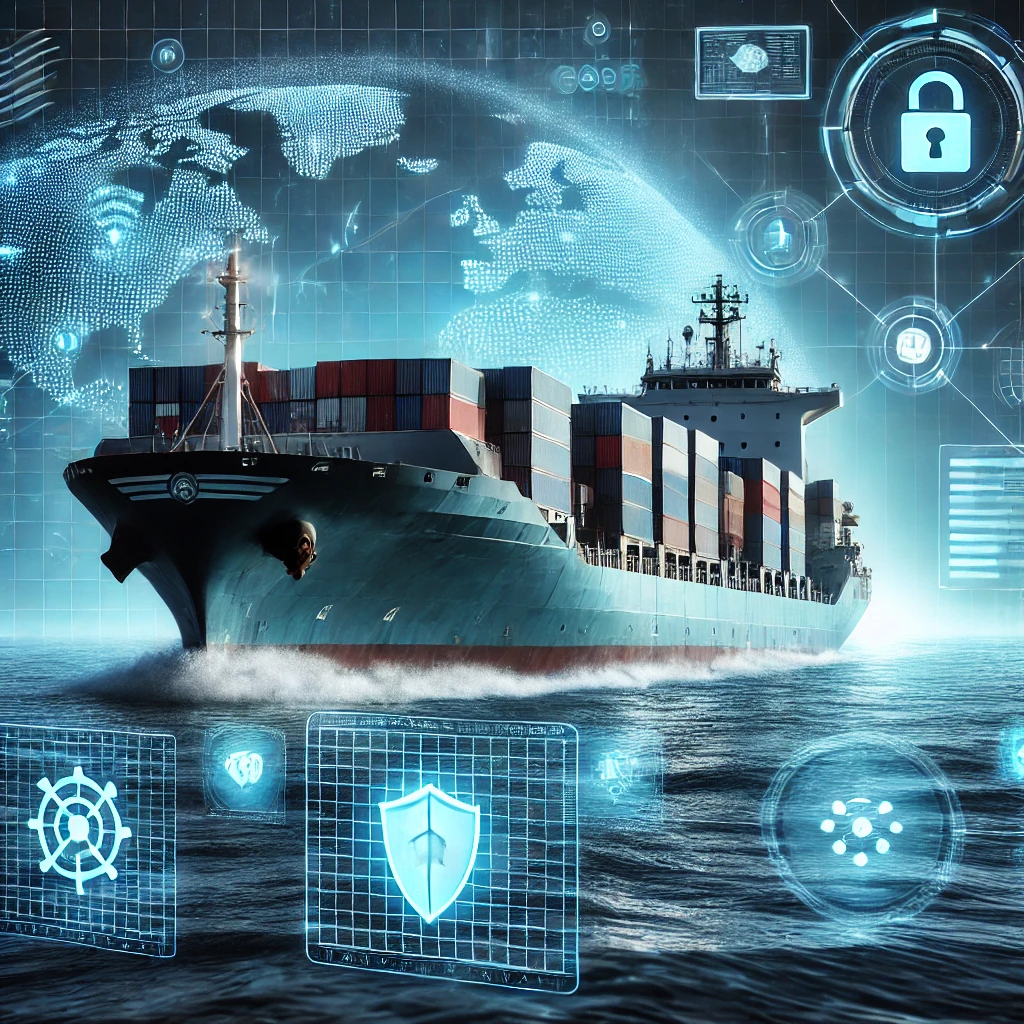Digitalisation and decarbonisation are driving a period of unprecedented change in the maritime industry, underpinned by the regulatory agenda.
As the implementation date of IMO 2021 draws near, it is clear that we must rethink our attitudes to technology. In Part 1 of this blog, we explored the key challenges facing shipping companies and their readiness to facilitate the move to digitalisation.
Here in part 2, we look at decarbonisation and cyber security. What might shipping companies do to prepare for, and comply with, the regulatory requirements on the horizon?
Digitalisation will ultimately create a two-tier shipping market, divided into those owners and operators who have the best access to the latest information and those who do not.
The difference between this relatively recent position and the days of employing simple but effective means of checking vessel arrivals or departures or bidding for cargoes is that almost anyone who wants to, can pay to access the data on vessel positions, port traffic, weather or other information.
This matters too because in the space of a little over a decade, new targets on environmental efficiency will force the industry to adopt new working practices. Most critically this includes new fuels as the means of complying with IMO targets on the reduction of carbon intensity on a vessel by vessel basis.
Collection, analysis and interpretation of every bit of data from ship systems at that point becomes critical – potentially the difference between success or failure to comply. The data that ships produce on their emissions will be reported automatically and this data will inform not just regulations but market measures, including the cost at which lenders make capital available to shipping companies.
Cyber Critical Systems
New technology and the need for sustainability are two fundamental forces acting on the maritime industry; the other is security of the IT networks on which both rely. The IMO has adopted cyber-security related amendments to the International Safety Management Code (ISM Code) while the tanker sector has already made similar requirements part of Tanker Management Safety Assessment (TMSA) version 3.

While the first represents mandatory regulation, the second is a ‘licence to operate’ for owners carrying hazardous cargoes. The ISM Code will require demonstration that action has been taken to address cyber security, TMSA will require shipowners to demonstrate that they have the latest available IT operating system and other software updates as well as specific security patches either as part of a Port State Control inspection or in pre-qualifying a vessel to carry cargo.
The industry’s largest, long term players are likely to already meet these requirements but for an operator with limited IT outfit, they present an unwelcome burden. For one with a sophisticated network encompassing IT and OT, it presents an additional series of tasks for crew unless it can be managed with a minimum of additional administration.
Compliance with voluntary cyber security guidelines until now have tended to succeed or fail on the basis of the human element, relying on an intention to do the right thing. It is precisely this lack of transparency over how the tasks are performed and the updates recorded that the regulation seeks to change.
Marlink estimates that at least 50% of software updates are still performed by the collection of physical media such as a CD for manual update with the balance performed ‘over the air’ and automatically applied.
Supporting the change
Marlink realised some years ago that as maritime connectivity continued to improve, so shipowner needs would shift towards deeper relationships with partners who could support their digitalisation and decarbonisation strategies and provide them with integrated compliance solutions.
At the heart of our digital enablement strategy is ITLink, which allows shipping companies to develop, test and deploy IT solutions fleetwide. This can extend from operating system patches or upgrades to applications and even complete ERP systems. Marlink is enabling owners to transfer these tasks away from crew towards specialists onshore who can develop and implement the programs they need, test them for robustness and share them across a fleet with a single click.
When it comes to IMO2021 compliance, that means crew no longer have to worry about proving their systems have the latest updates; ITLink’s intuitive dashboard provides inspectors with single view of system status. In addition, Marlink’s CyberGuard portfolio provides a range of solutions to further protect vessels from cyber threats and ensure compliance.
Unlike some asset management application providers, Marlink believes the data from these shipboard systems is the property of the shipowner and the enhanced visibility of asset condition is something that they should be able to act on knowing the data is secure and confidential.
Finally, our use of advanced cloud technology enables the transfer of data with far higher compression and greater efficiency, offering an intriguing glimpse into where the industry is going in terms of access to data and navigation content for ships.
This means a greater number of maritime information vendors can digitalise their products and improve access by mariners to high quality data and applications. This enables services like ITLink to provide ‘over the air’ security and other updates and offers the potential to provide further applications and digital content for safety, operations and route optimisation.
The future is here
Regardless of short term shocks and disruptions, the course ahead for the shipping industry is set.
In the medium term, as owners engage with more complex IT network requirements, they will be able to enjoy expanded access to cloud-based applications and storage, increasing asset connectivity and bringing ‘virtual’ systems and applications onboard.
The ability of shoreside personnel to maintain and troubleshoot IT networks and to provide crew with the tools they need to demonstrate cyber resilience and compliance means that seafarers can concentrate on safe operations rather than be distracted by technology.
As the long term trend sees the cost of IT capex, opex and compliance fall over time, the resulting gains; in terms of improved voyage performance and vessel efficiency, will combine to improve shipping’s environmental profile, moving the industry towards its goal of digitalised, decarbonised and cyber-secure operations.
Read part 1 of this blog here







